For the 3rd consecutive year, the National Museum of Natural History and China Light Festival are offering a light exhibition in the alleys of the Jardin des Plantes and the Menagerie.
Each year, there is a different theme. In 2 months, the previous editions (“Ocean in the process of illumination” and “Species in the process of illumination”) welcomed nearly 370,000 visitors.
“Evolution on the way to enlightenment” takes place from November 29, 2021 to January 30, 2022. This Lantern Festival takes visitors on a journey through time. It makes it possible to find species that have disappeared today, such as dinosaurs and rex tyrannosaurs, thanks to more than a hundred structures reconstructed by the work of paleontologists from the Museum. , emerge from the past to the delight of young and old.
A journey to learn more about extinct species
All along the route, explanatory texts inform visitors about the different extinct species. Some of them being completely unknown, not having cohabited with Man. It is the discovery of the history of life for 500 million years, represented by Chinese lanterns. and structures up to nearly 30 meters long.
The journey through geological time begins with the origins of life, to continue in the primary, secondary, tertiary … and quaternary era.
Each geological period is a subdivision of an era on the geological time scale.
The eras are the 4 major divisions of the geological time scale. There are thus the Precambian, the Paleozoic, the Mezoic and the Cenozic.
The origins of life
This period is between -3,700 and -490 million years ago. It is accessed from the start of the exhibition, Place Valhubert, in the days of the Precambian and Cambrian.
It took nearly a billion years after the formation of the Earth for the first signs of life to appear. Life will remain exclusively marine for the next 3 billion years.
The Precambian is the earliest period in the history of the Earth. It dates back over 540 million years, the period when the Paleozolic began, formerly called the Primary Era or Pisces Era.
The Primary Era (-490 to -250 million years ago)
This period corresponds to the adaptation of organisms to the terrestrial environment. It starts with small plants, animals will follow, especially insects and vertebrates. It is in this second visit area that we can find them.
The Secondary Era (from -250 to -66 million years ago)
This 3rd visit area recreates environments from the Secondary or Mesozoic era. This period lasted 185 million years. We witnessed the dislocation of the continental masses by the opening of the oceans. It is also called the Age of Reptiles following the appearance of large mammals and dinosaurs that dominate biodiversity during the Jurassic and Cretaceous.
The Tertiary Era (-66 million years ago to the present day)
In this last part of the visit, we discover a great diversification of mammals after intensive volcanism. It is the disappearance of non-flying dinosaurs and ammonites, following the fall of a large meteorite. Hitherto very small mammals become the most dominant terrestrial vertebrates. As for the ammonites, which appeared during the Paleozoid, more exactly at the end of the Devonian (the Age of Pisces), they then enter the class of fossils and then disappear definitively.
The Quaternary Era (-2.6 million years ago to the present day)
Subdivision of the Cenozoic era, it is part of the Tertiary. It began with the appearance of man 2.6 million years ago. His ancestors, who appeared during the Tertiary, have then evolved to the present day. It is also the succession of glacial and interglacial periods. The Ice Age, or Pliocene, began 1.8 million years ago and ended 11,000 years ago.
We are witnessing the disappearance of marine and flying reptiles, giving way to large mammals able to adapt to the climate, such as the mammoth, the woolly rhinoceros, the reindeer or the megaceros for herbivores. Among carnivores, we find the smilodon (saber-toothed tiger), the short-faced bear, the cave lion or the canis-dirus. Most of them disappeared only 10,000 years ago when the climate warmed. It was at this time that the Holocene began.
Go back in time on a night walk
The holiday season is a good time to discover this paleontological reconstruction of the species that have populated the earth over 600 million years.
EVOLUTION ON THE WAY OF ILLUMINATION
Garden of plants
Place Valhubert
75005 Paris
Ticket office exclusively online since November 8, 2021 on billetterie.mnhn.fr
Free for children under 3
Open every evening from 6 p.m. to 11 p.m. except December 24 and 31, 2021
Last entry at 9:30 p.m. on weekdays / 10 p.m. on weekends and school holidays.

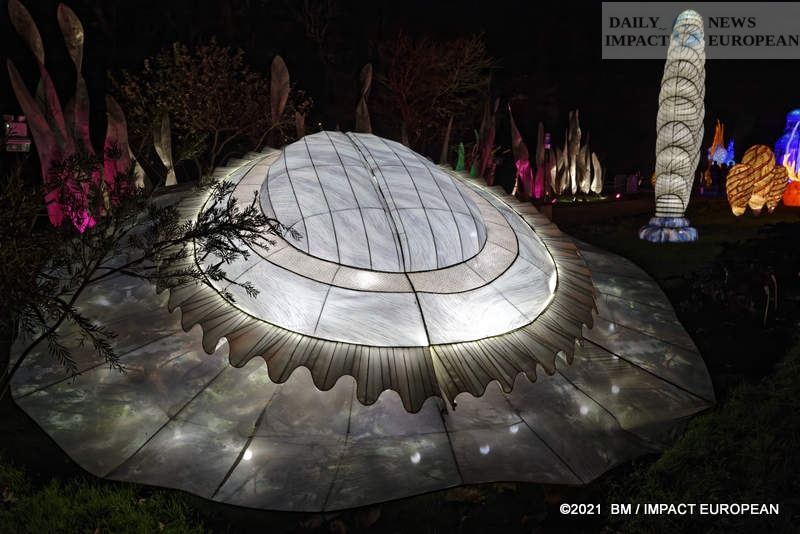

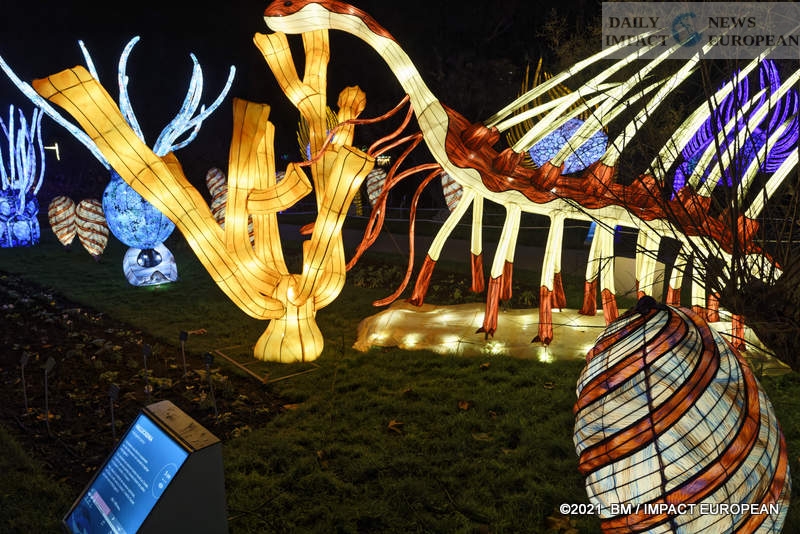
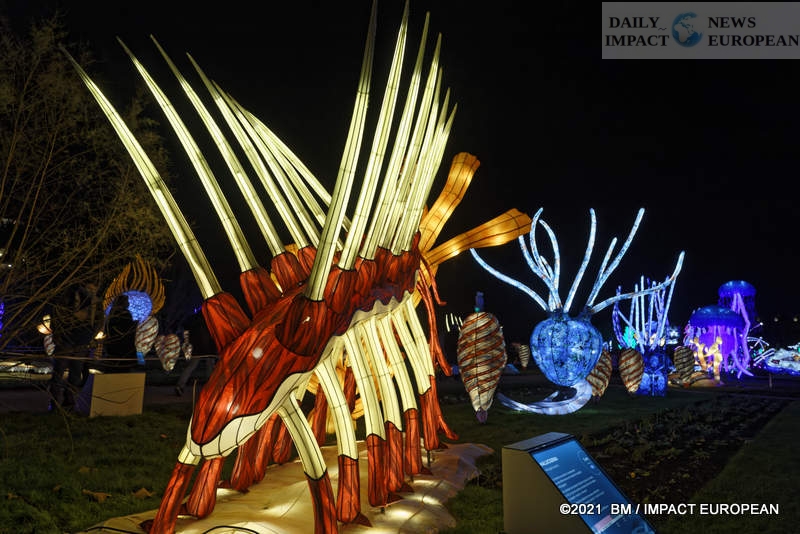
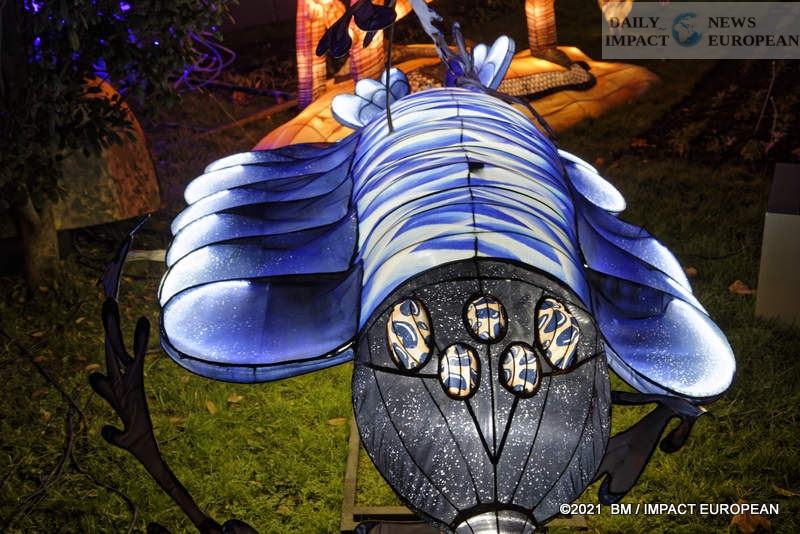



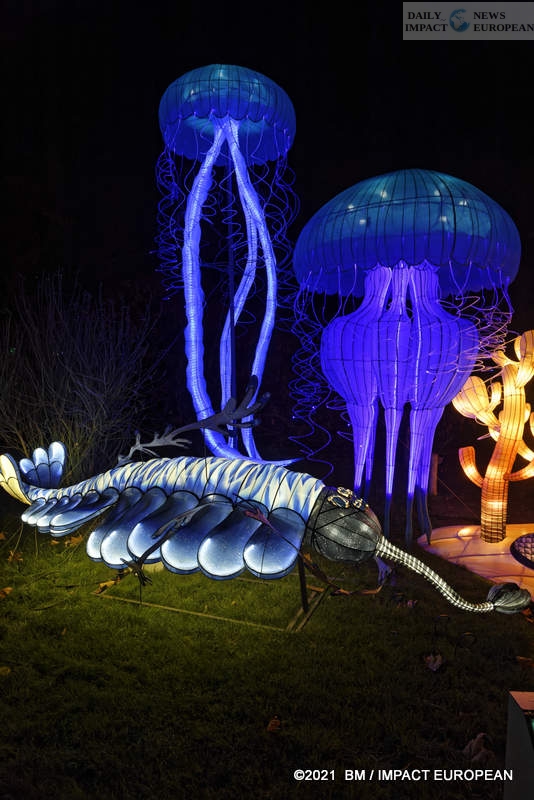

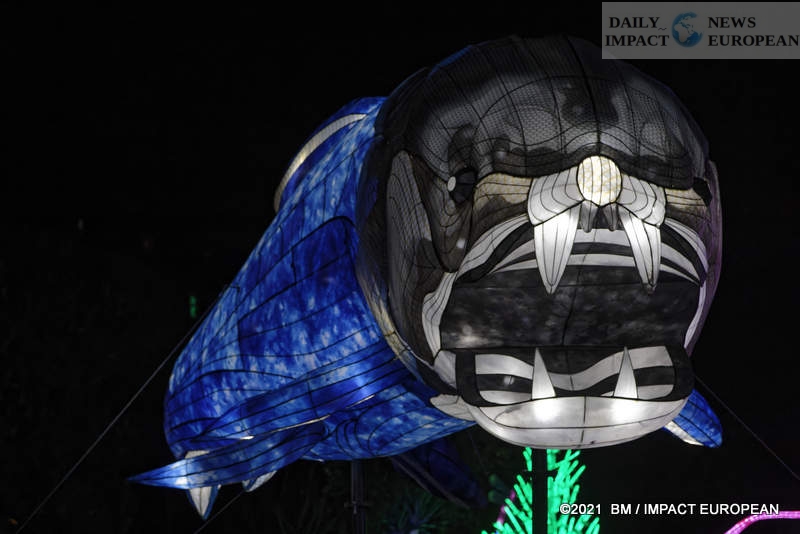
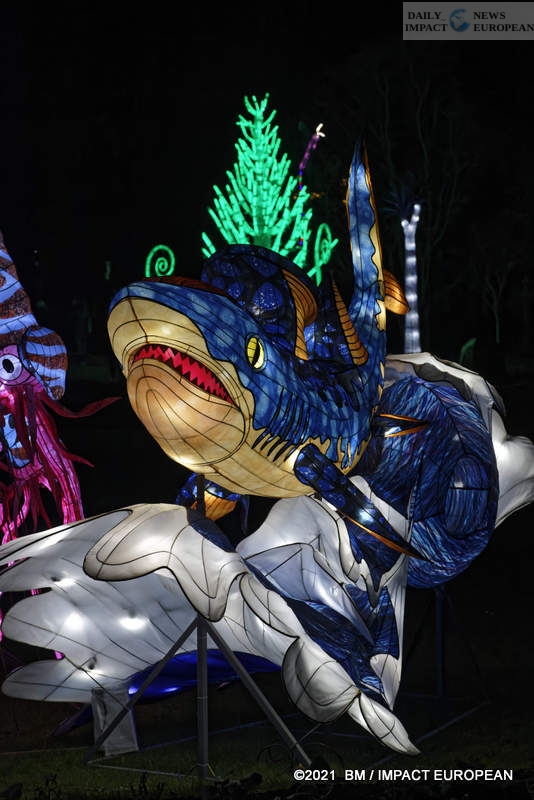
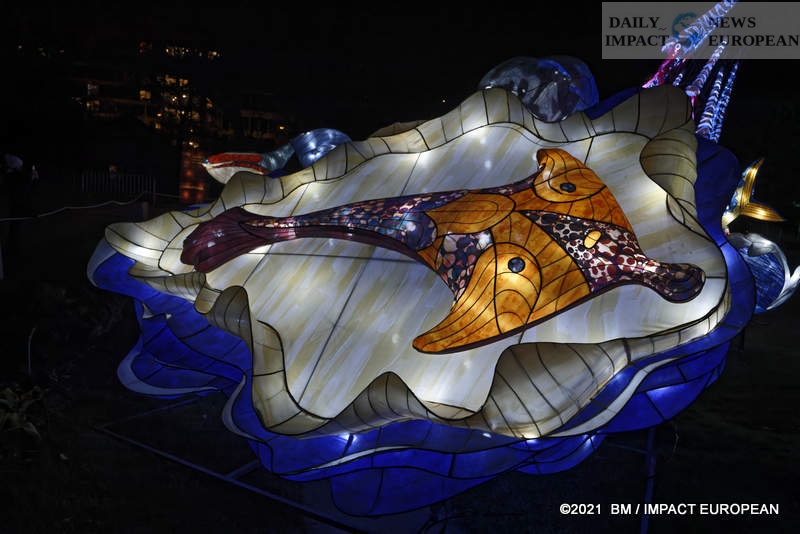

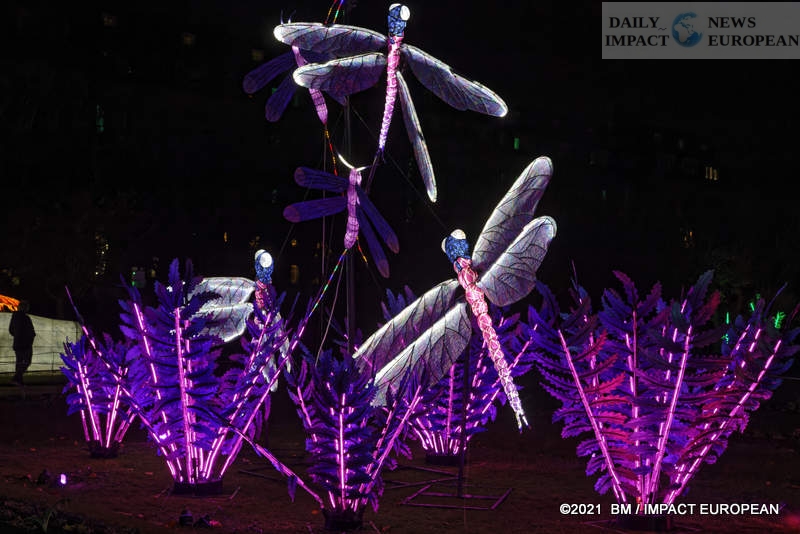
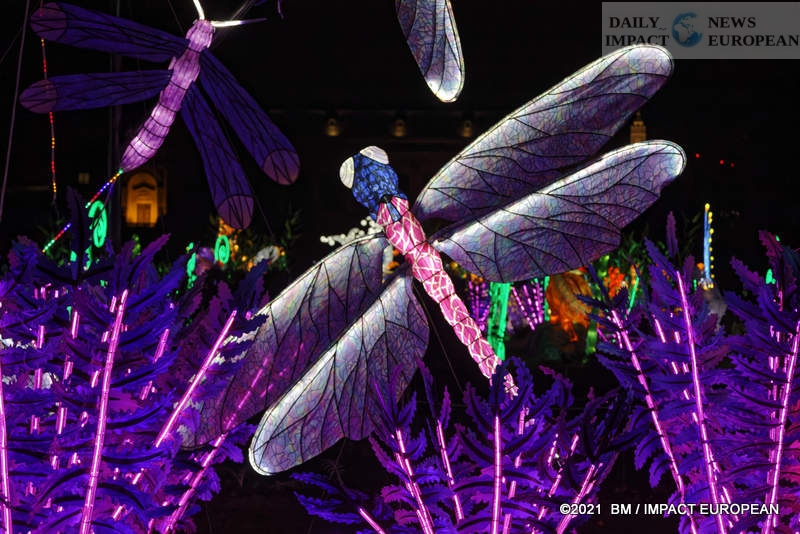
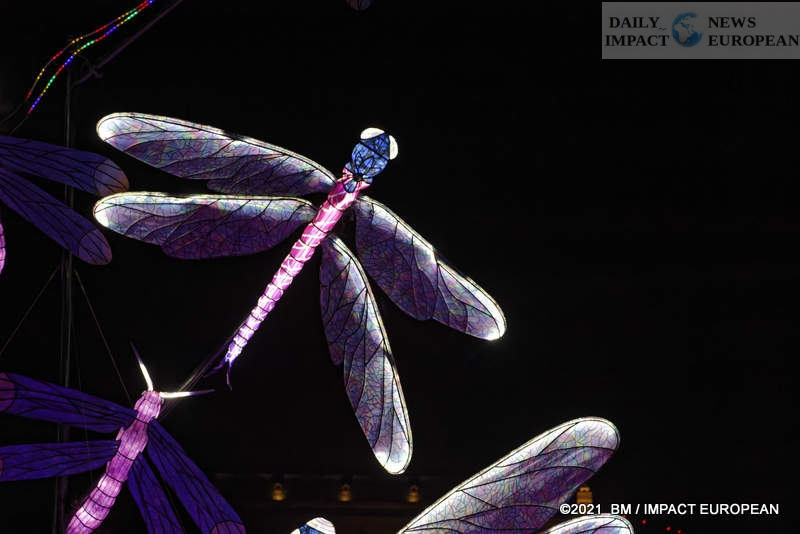
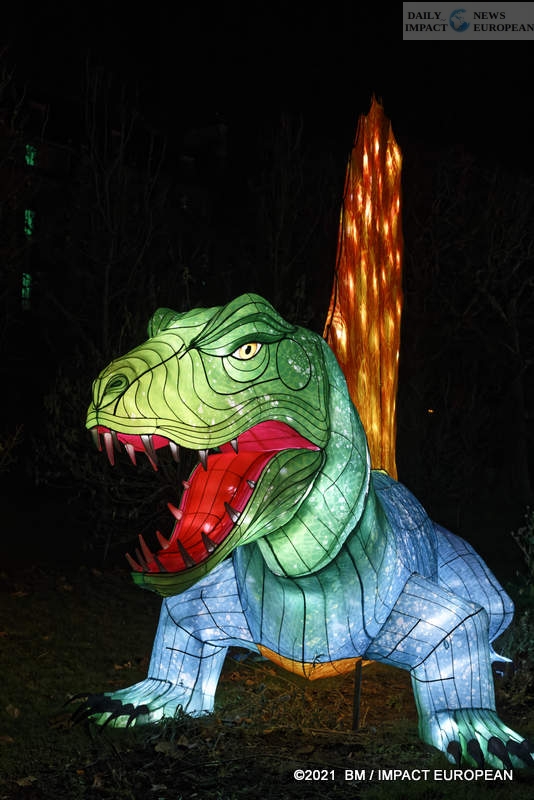

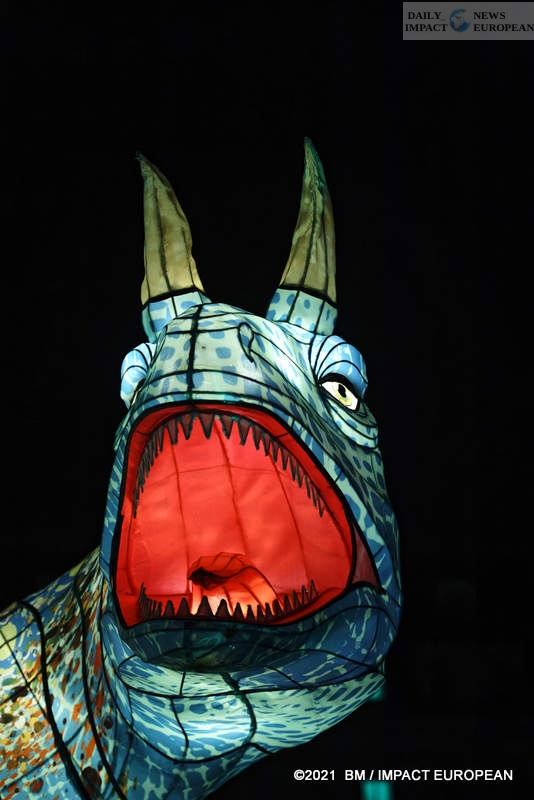

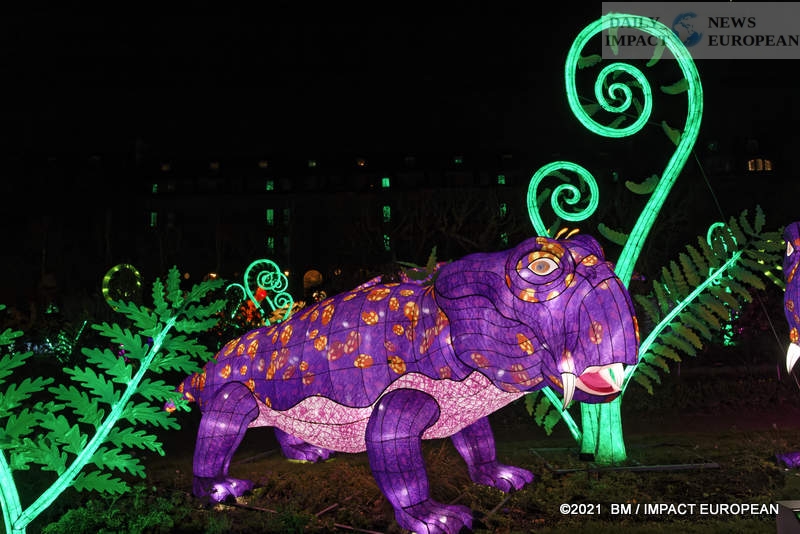
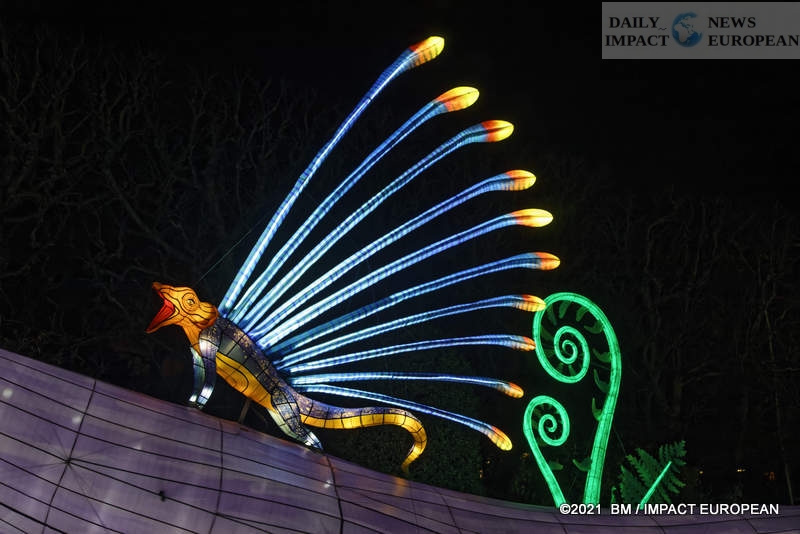
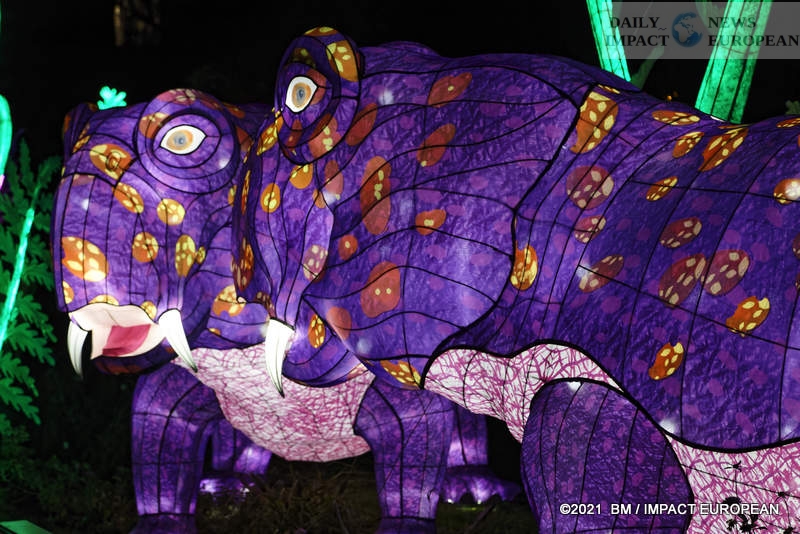
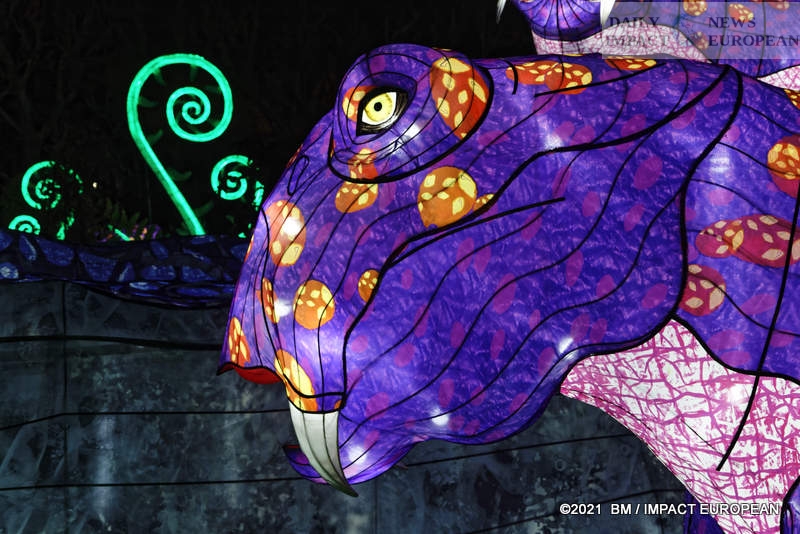
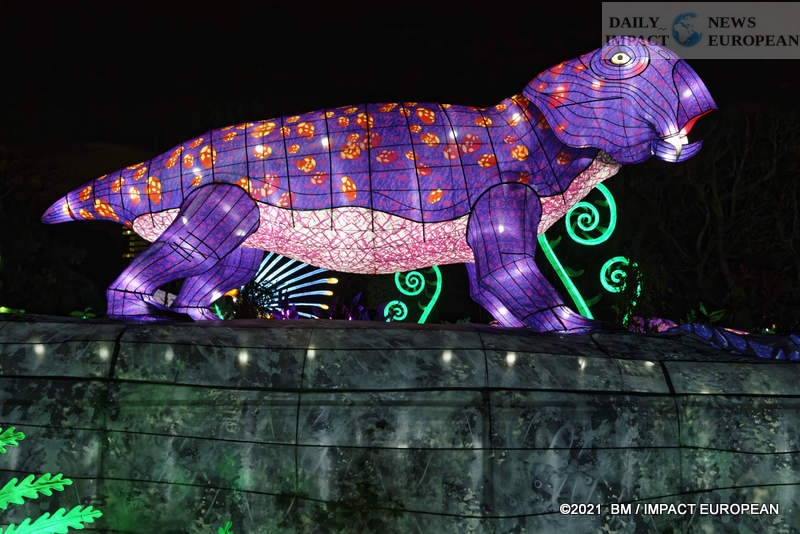
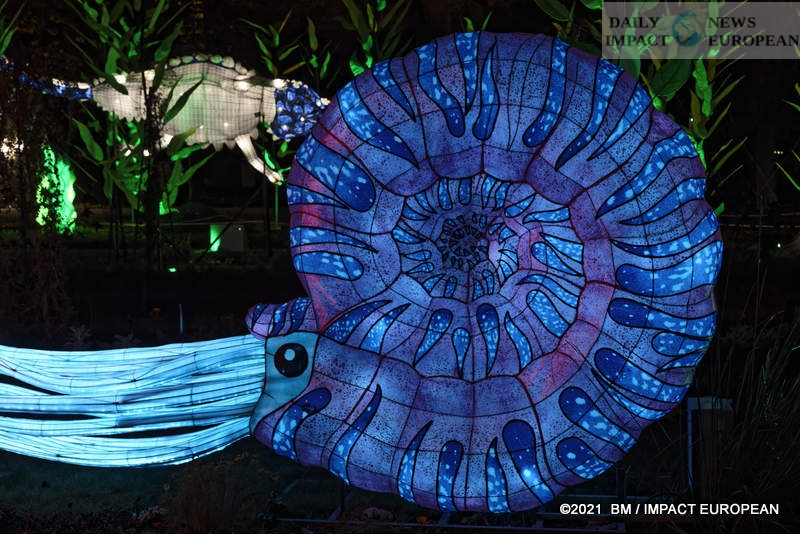
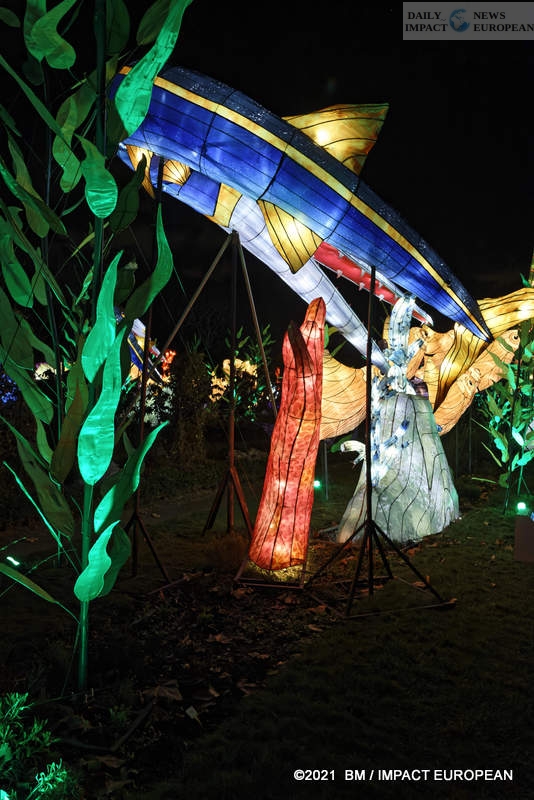

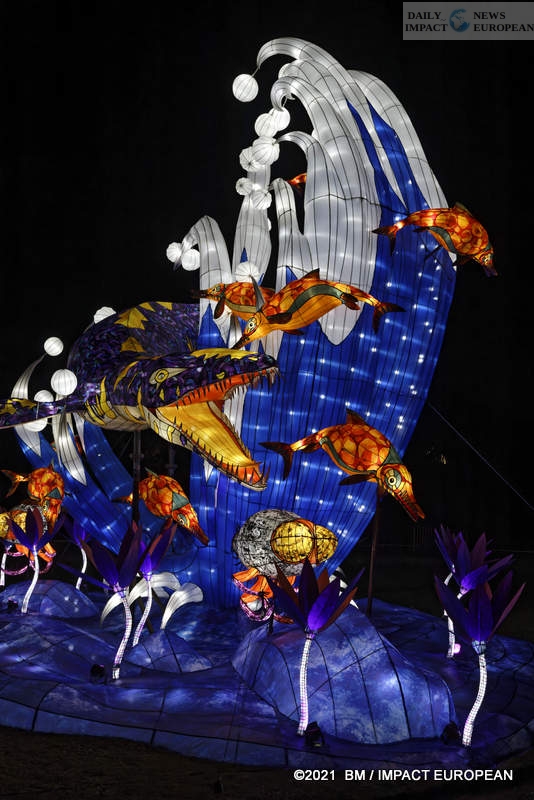
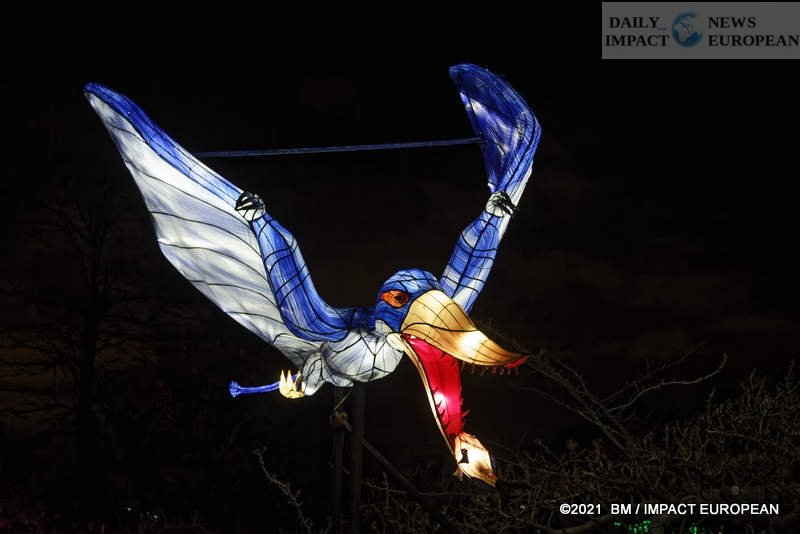
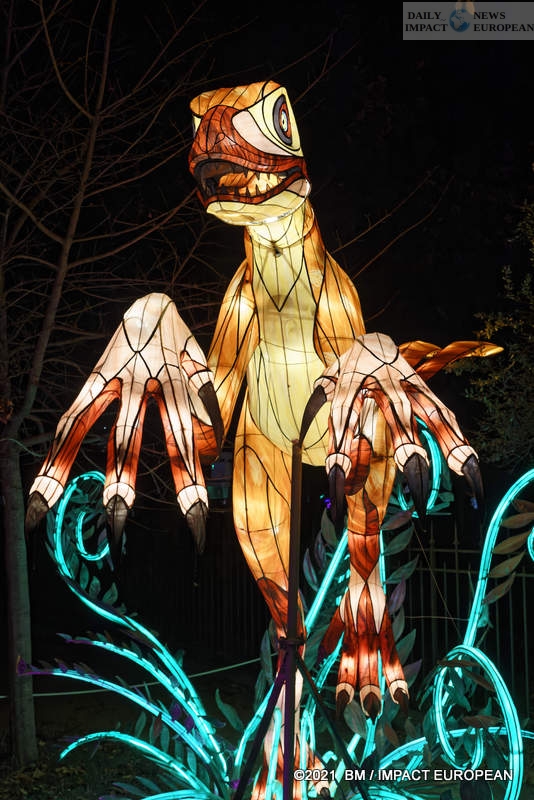
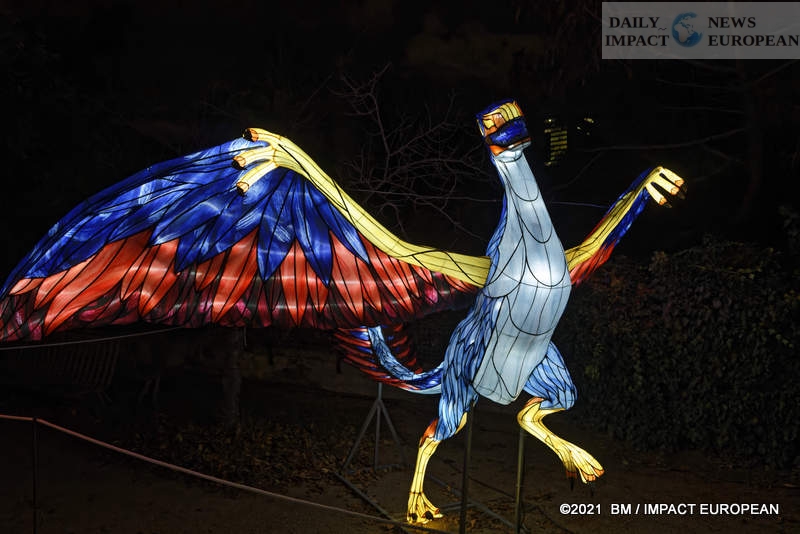
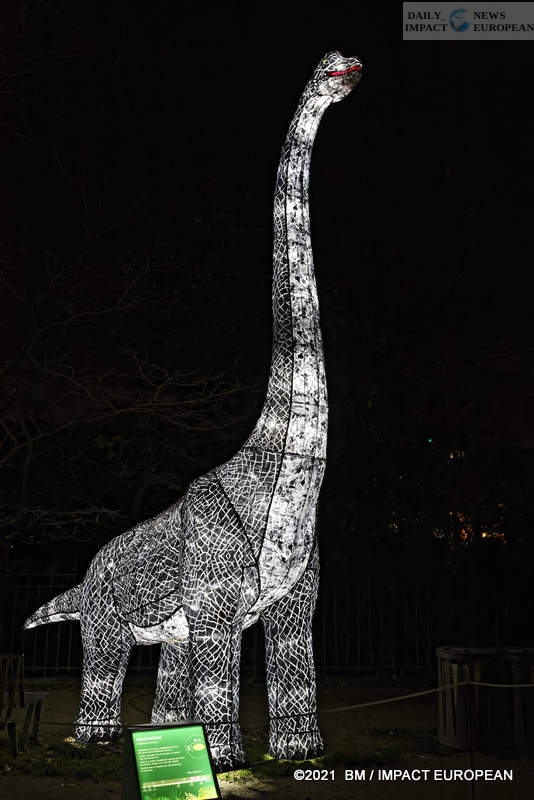
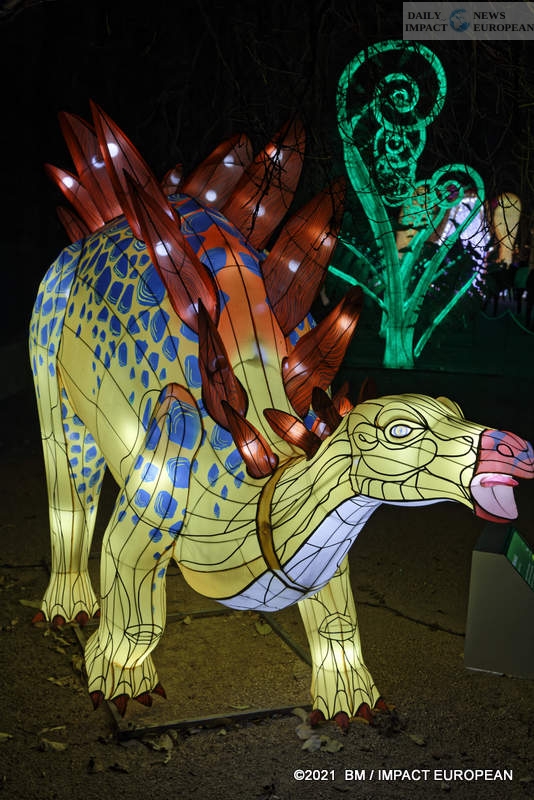
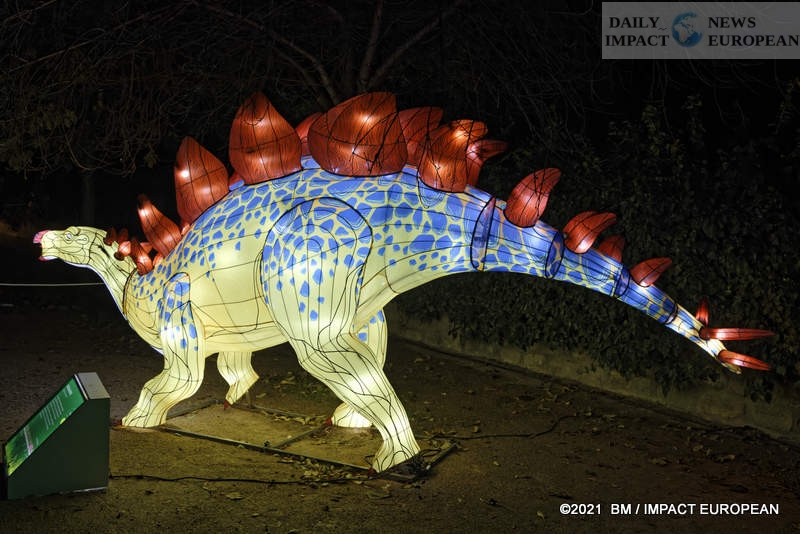
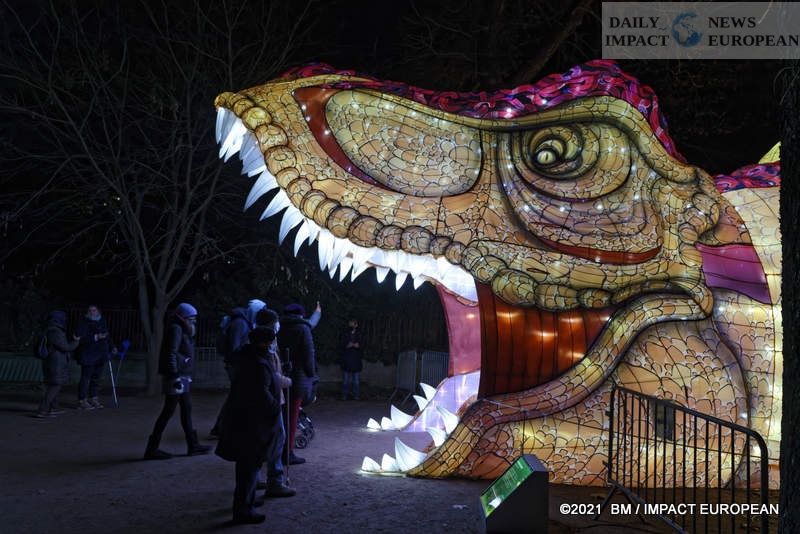

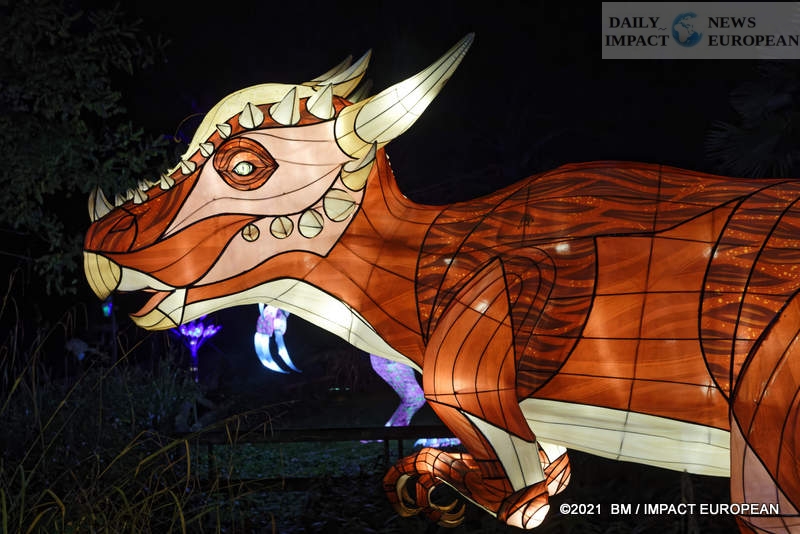
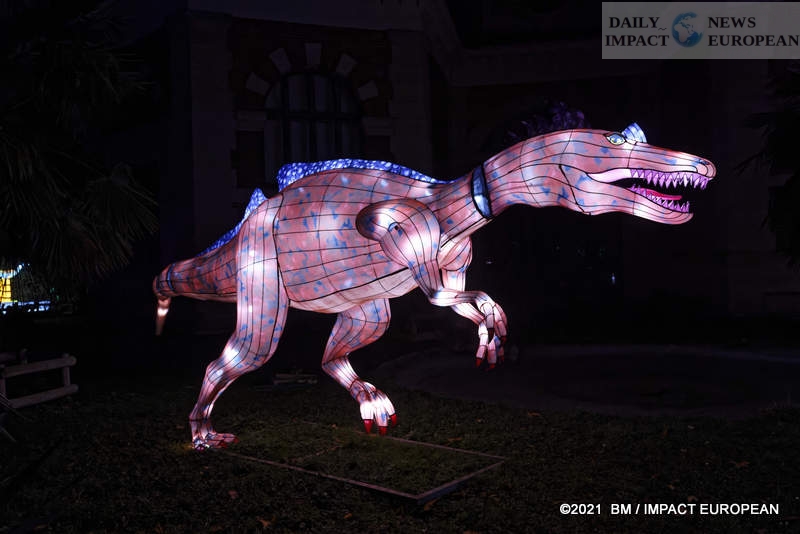
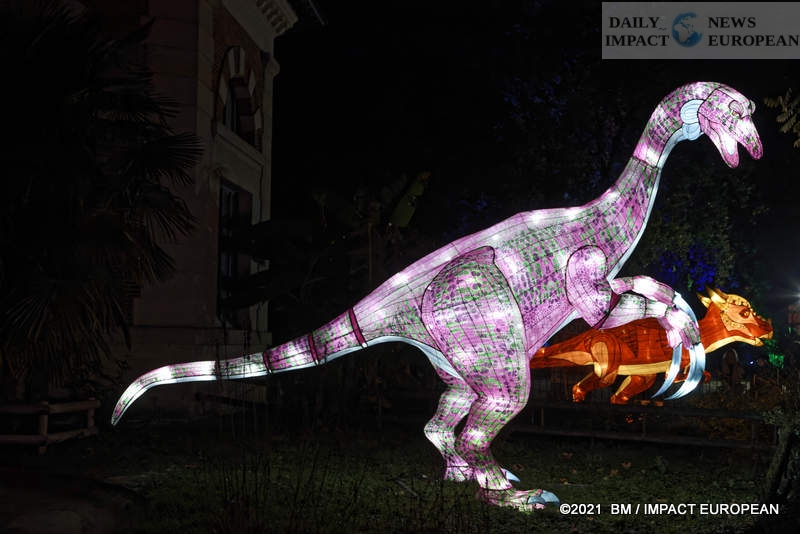
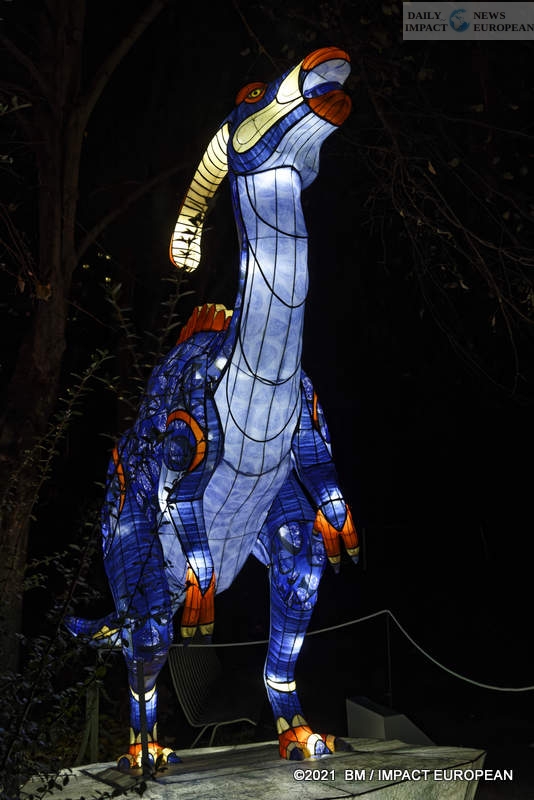
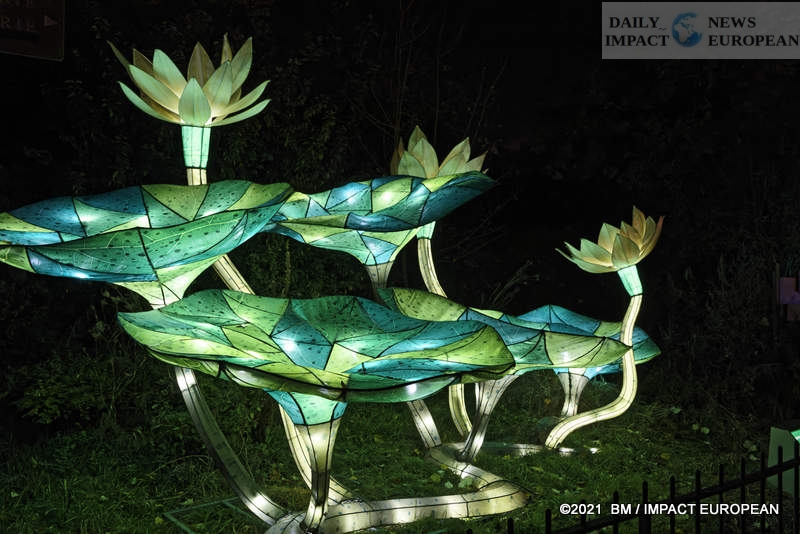

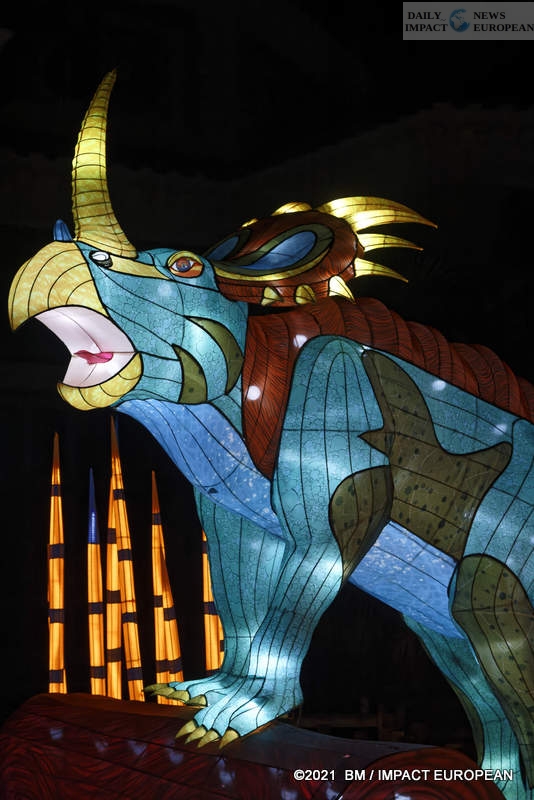
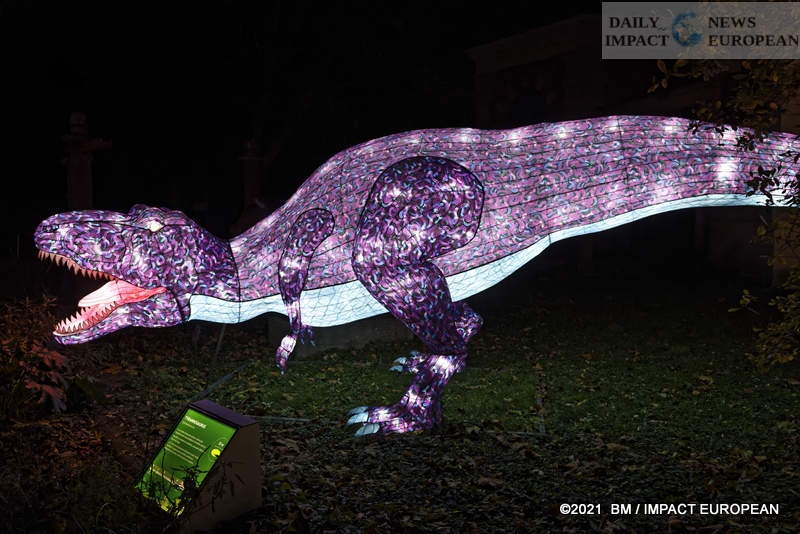
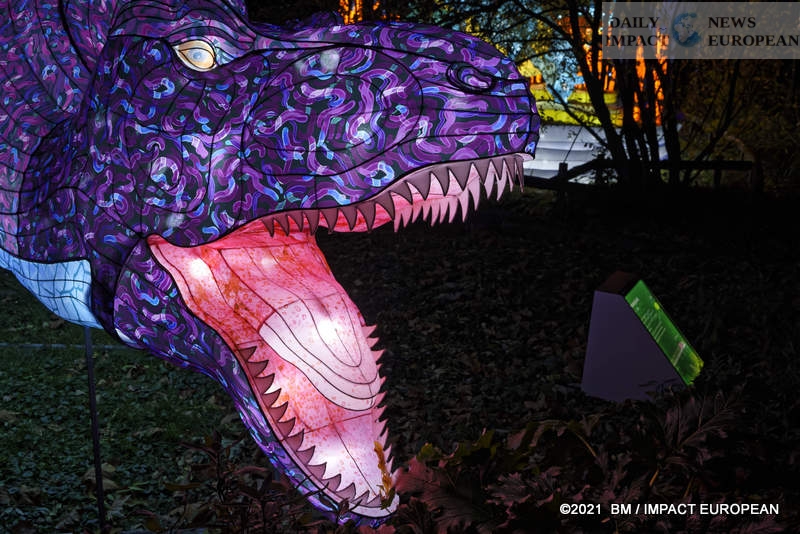
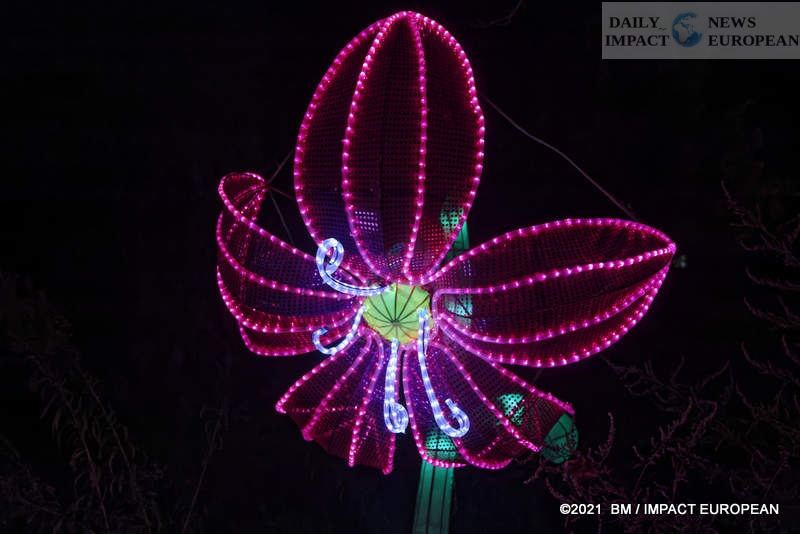
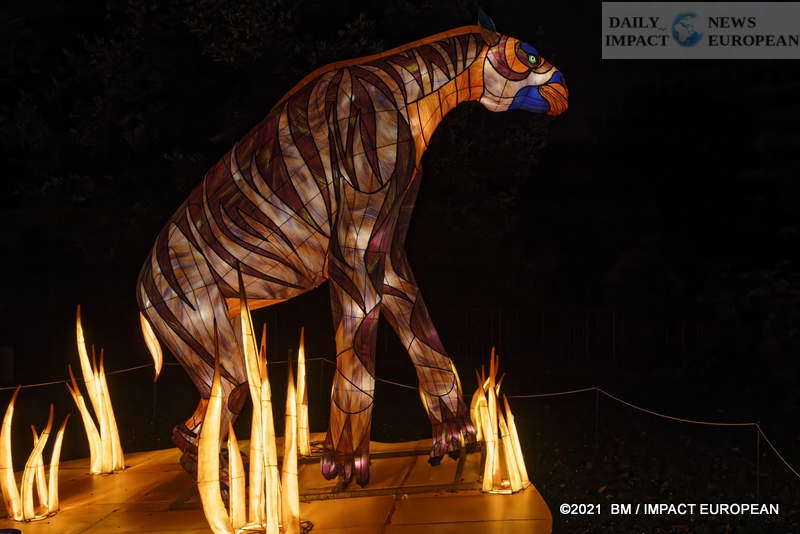
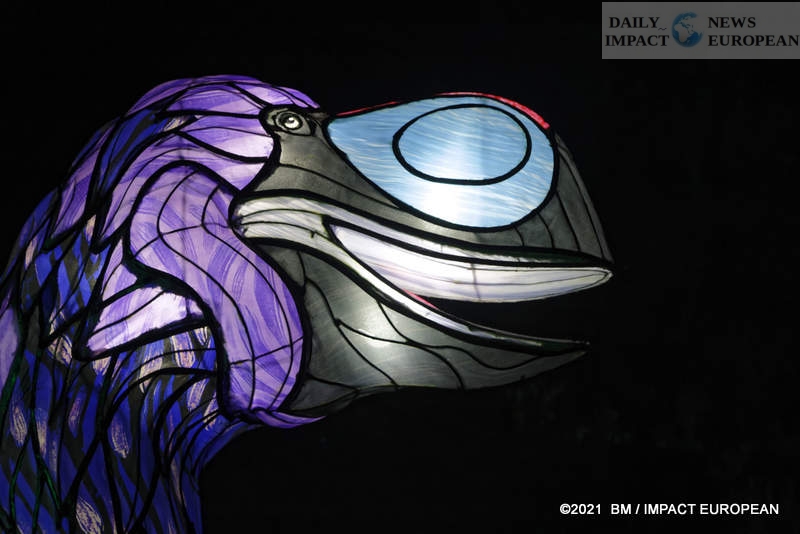
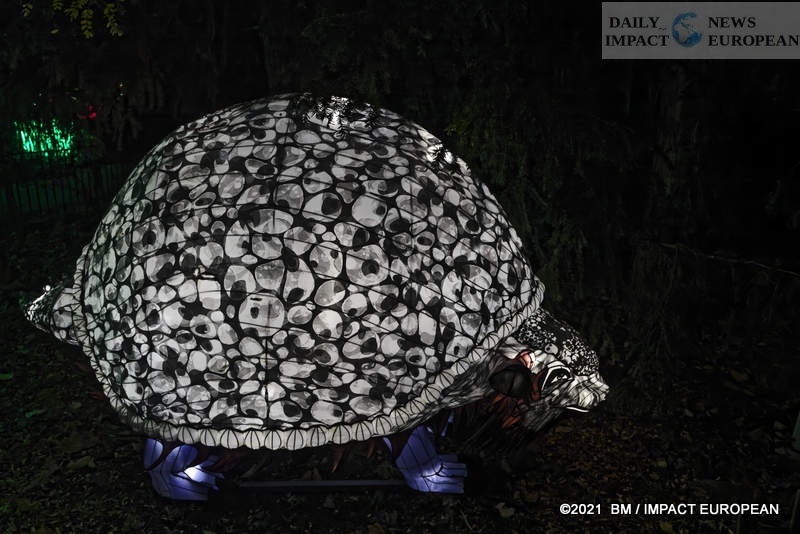
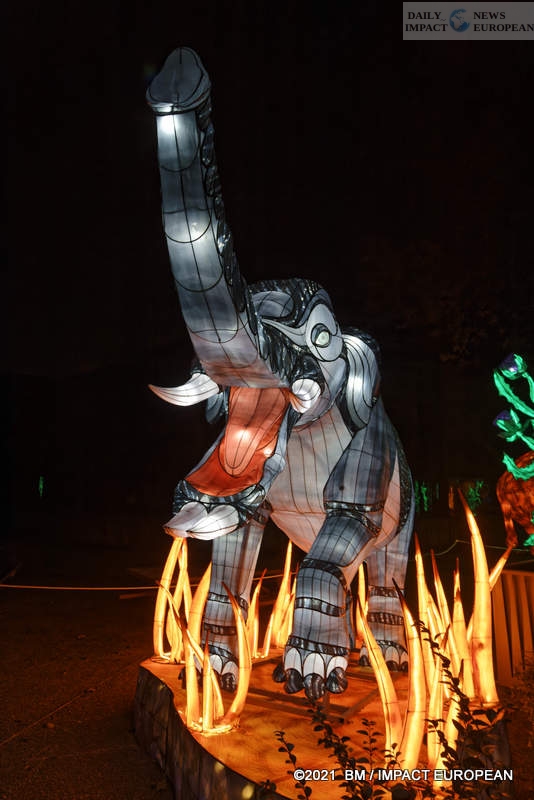

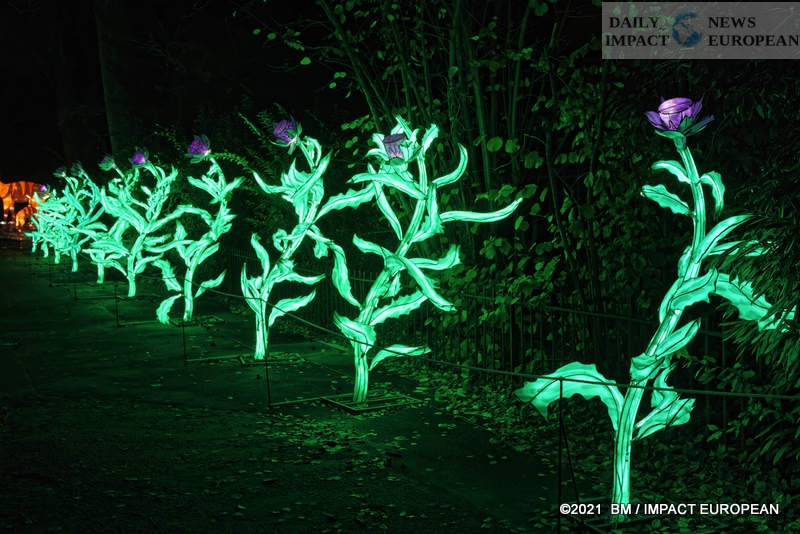
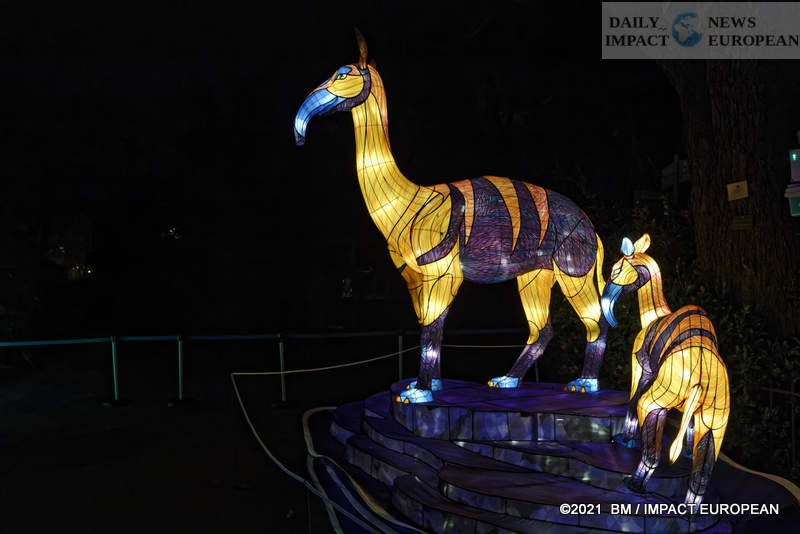
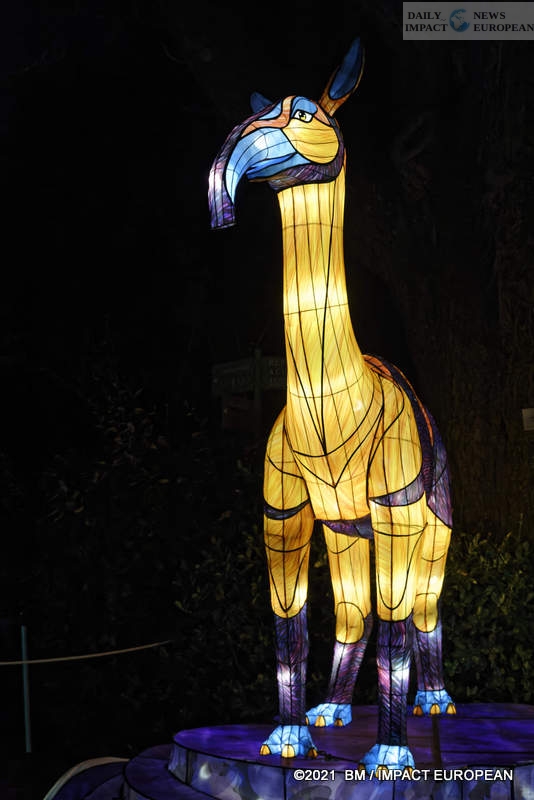

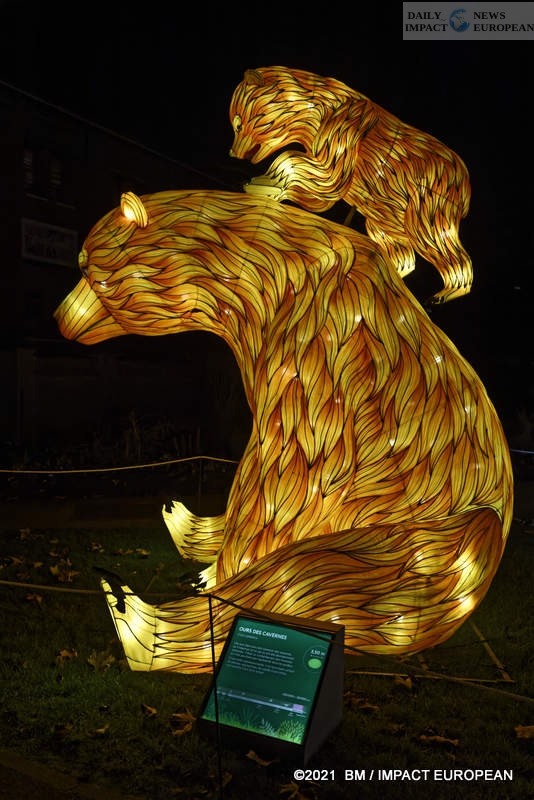
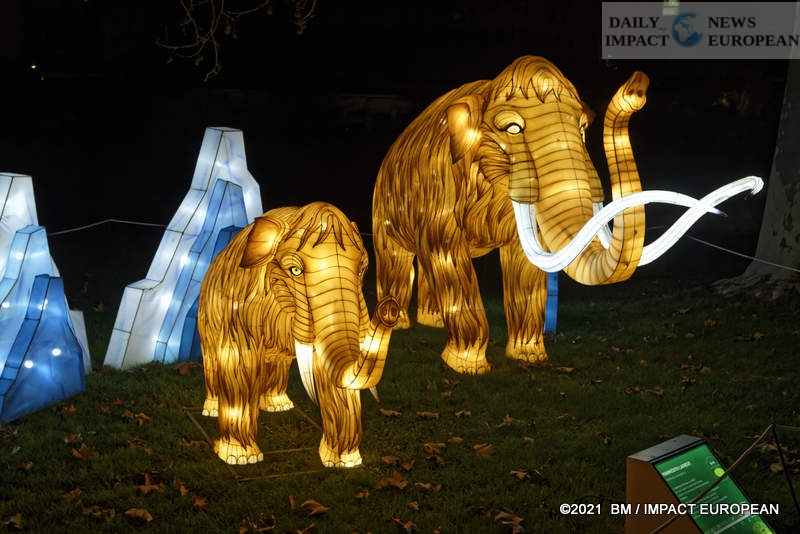
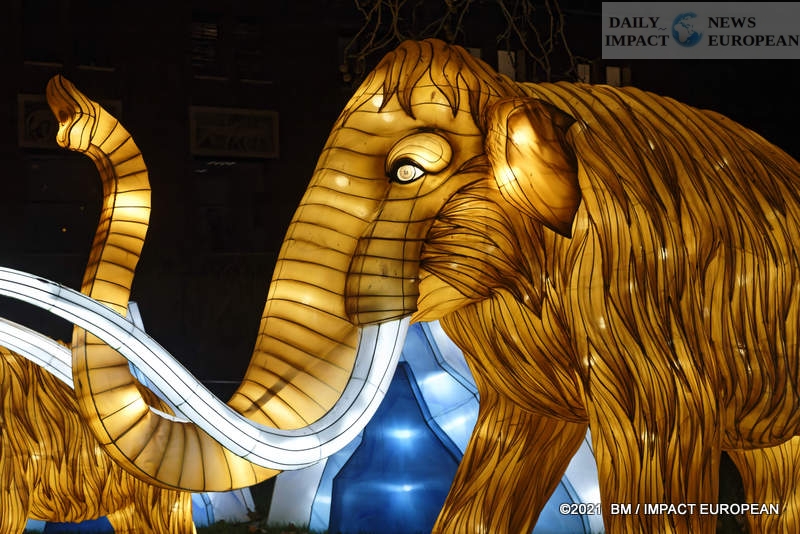
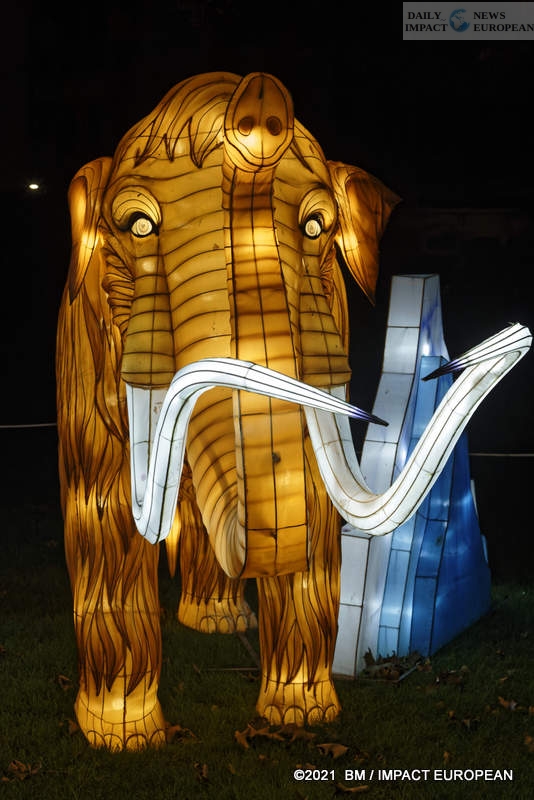
More Stories
Learn to manage your business with Rivalis
Championship / Rugby League: Toulouse Olympique wins against Whitehaven
METAL D’ALCOVE, the workshop of Eric KATZ, lighting sculptor in Montmartre